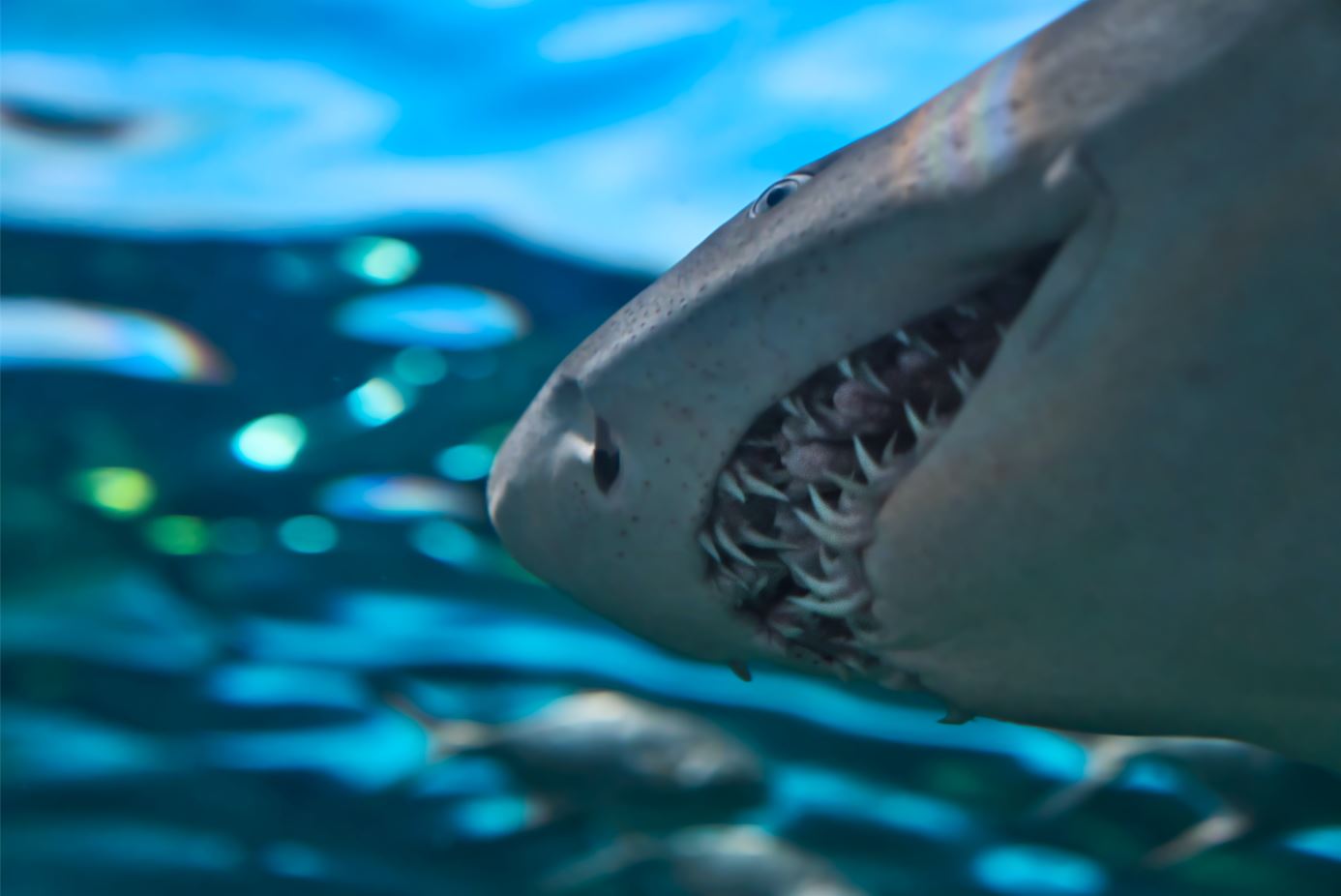Media release
From:
Peer-reviewed Experimental study Animals
Shark diversity unaffected when the dinosaurs were wiped out
Selective extinction of apex predators suggests a shift to more generalist diets
A global catastrophe 66 million years ago led to the extinction of all non-avian dinosaurs, and large marine reptiles like mosasaurs and plesiosaurs. But what happened to the sharks? According to a study of sharks’ teeth publishing August 10th in the open-access journal PLOS Biology by Mohamad Bazzi of Uppsala University and colleagues, shark-tooth diversity remained relatively constant across the mass extinction event at the end of the Cretaceous.
The researchers analysed the morphology of 1239 fossil shark teeth, including species in eight existing orders and one now-extinct order. The teeth span a 27-million-year period from the late Cretaceous 83.6 million years ago to the early Paleogene 56 million years ago, across the so-called K-Pg boundary that brought the age of the dinosaurs to an end.
The scientists found that shark dental diversity was already declining prior to the K-Pg boundary, but remained relatively constant during the mass-extinction event itself. Some groups of apex predators, particularly those with triangular blade-like teeth, did suffer selective extinctions during the period studied, which may have been linked to the extinction of their prey species.
However, other shark lineages increased in dental diversity after the K-Pg boundary. For example, sharks in the Odontaspididae family, which have narrow, cusped teeth adapted for feeding on fish, showed increases in diversity that coincided with the rapid diversification of finned fish in the early Paleogene. The authors suggest this pattern of selective extinctions may reflect an ecological shift from specialist tetrapod predators to more general bony fish diets.
This study is the first global investigation of dental morphology in multiple shark groups across the end Cretaceous mass extinction event, and indicates that the K-Pg boundary was not as dramatic for sharks, as it was most other vertebrate lineages.



 Australia; International; NSW
Australia; International; NSW



